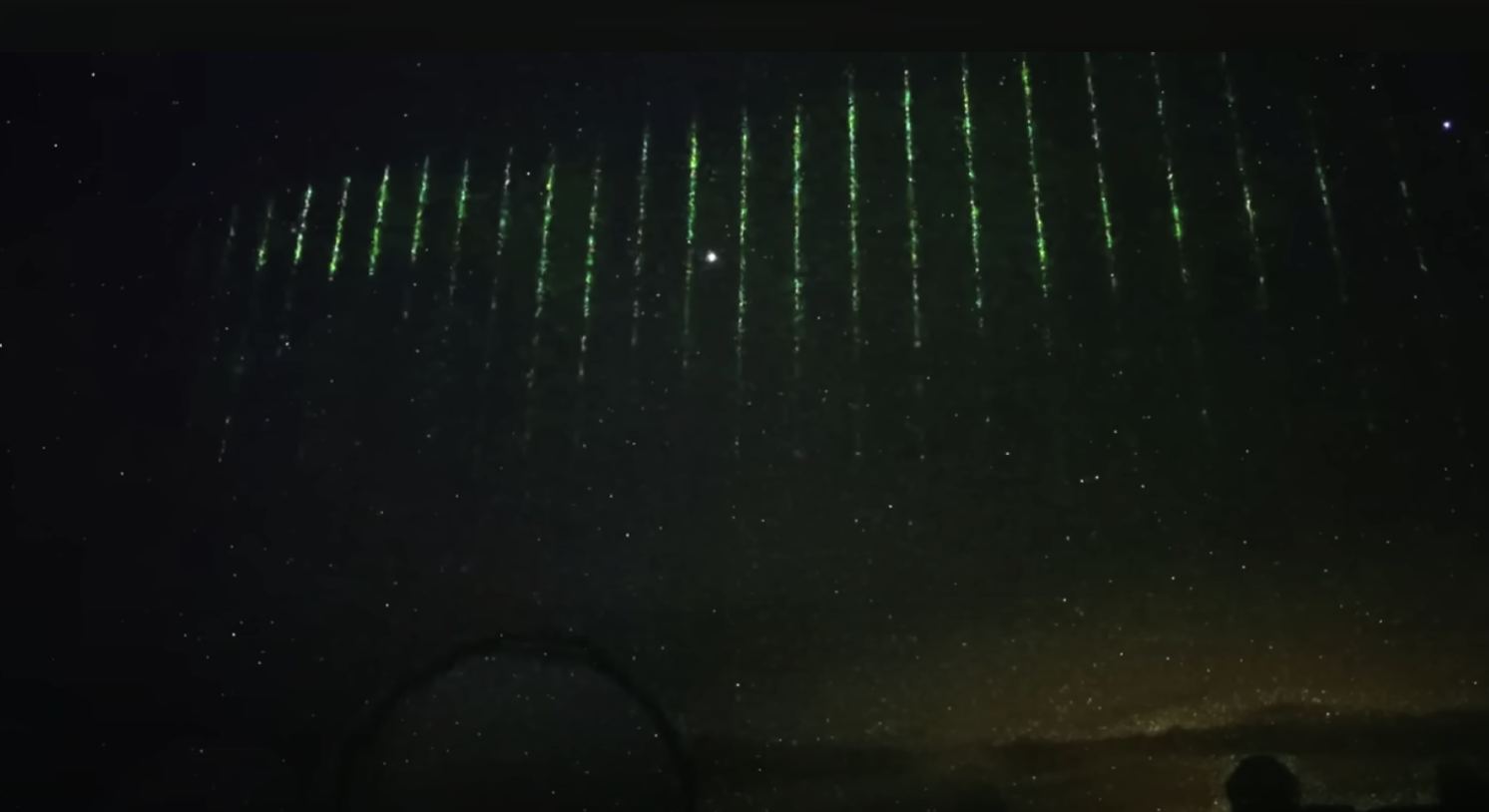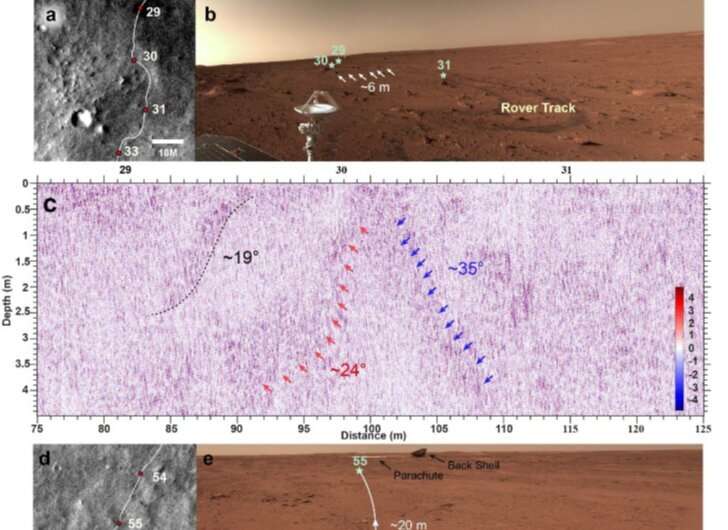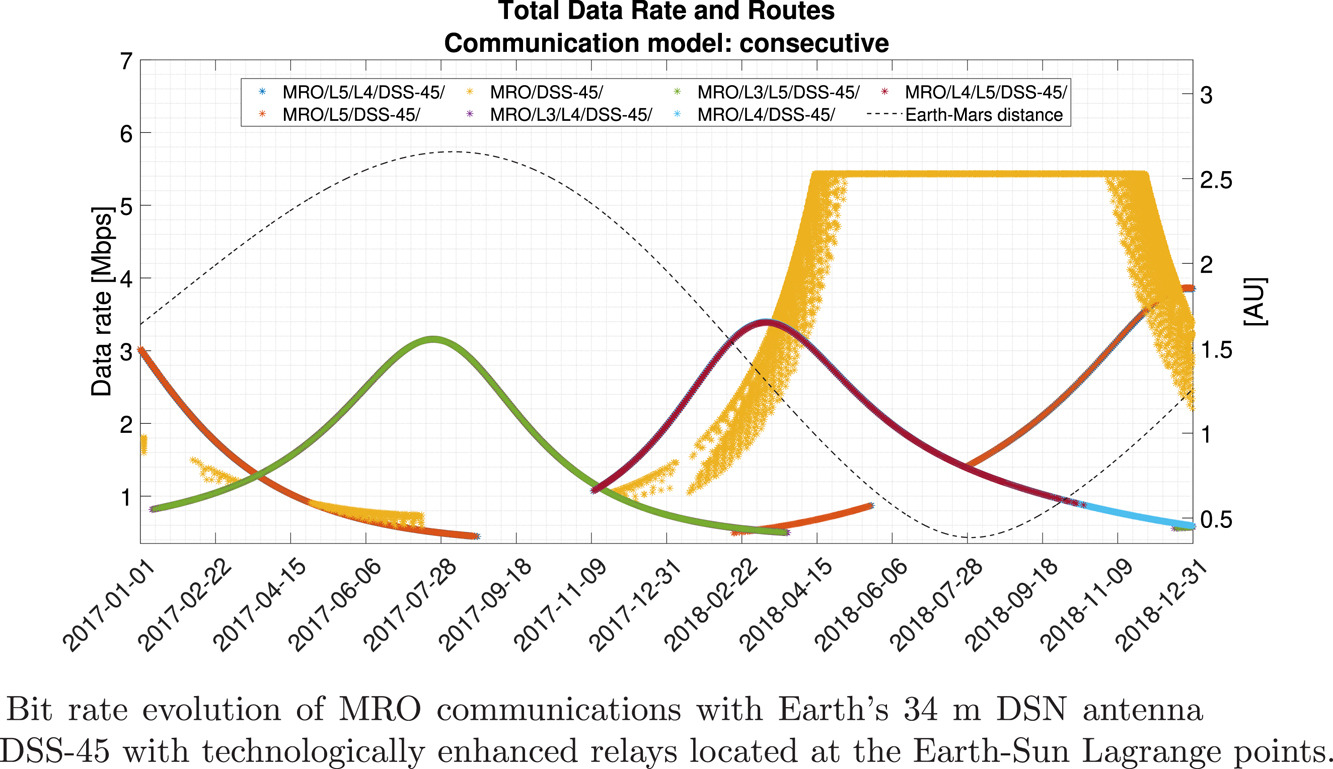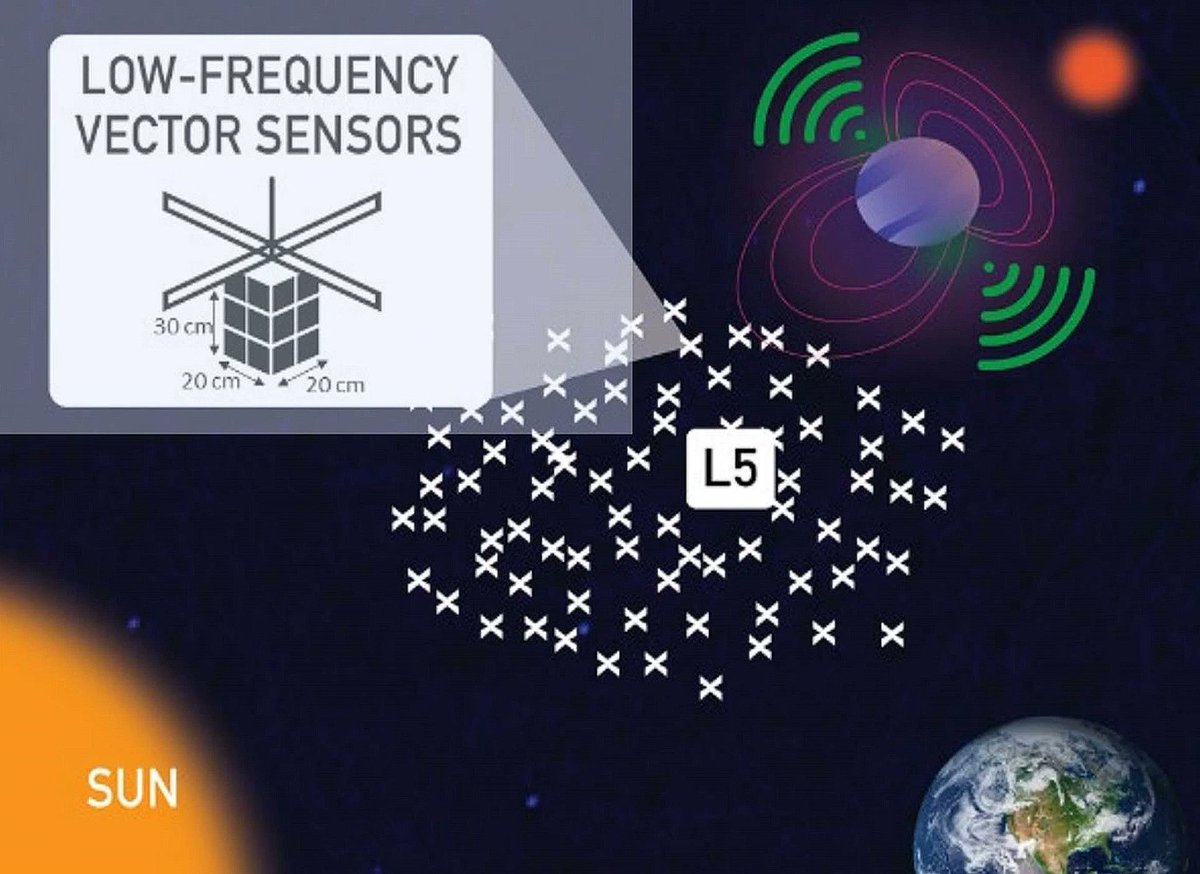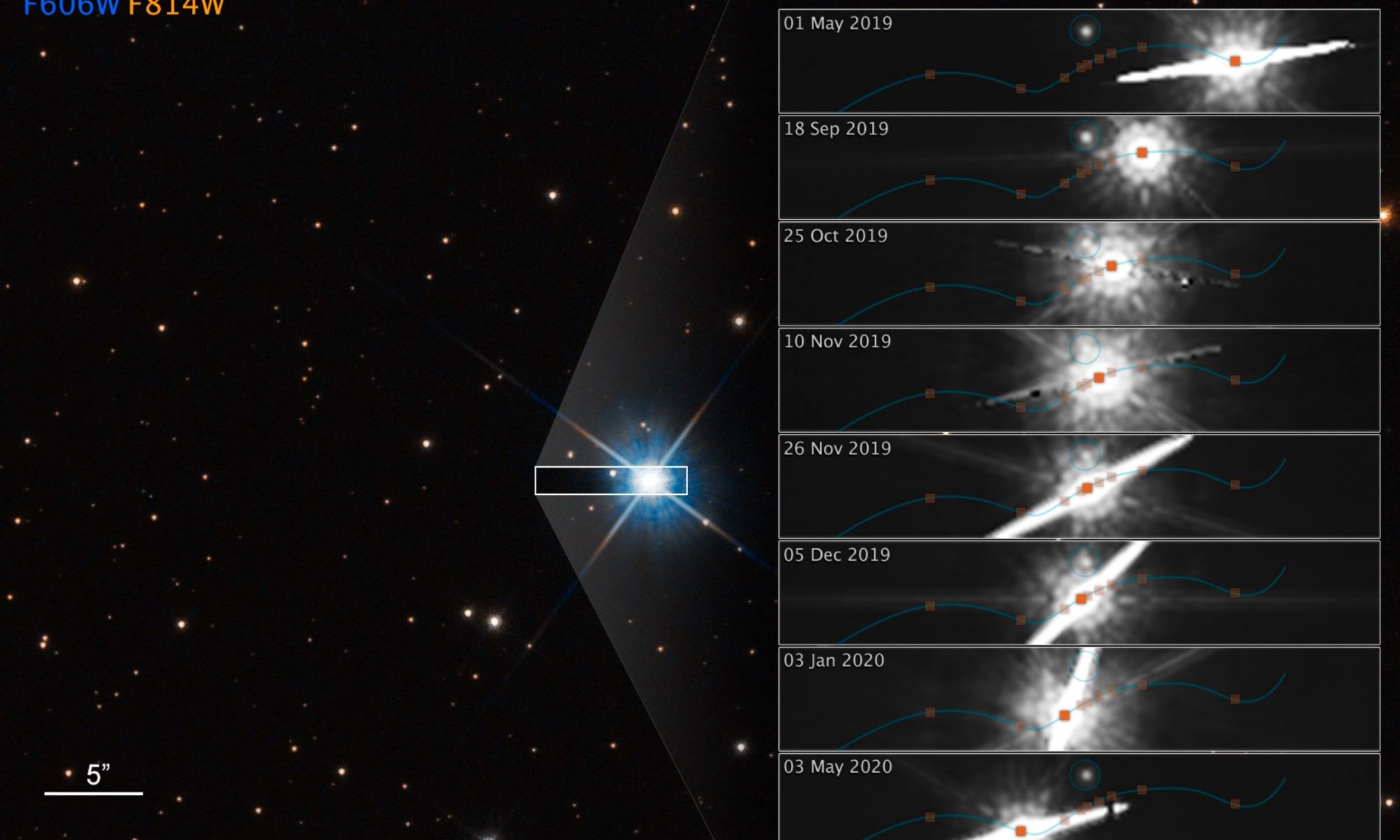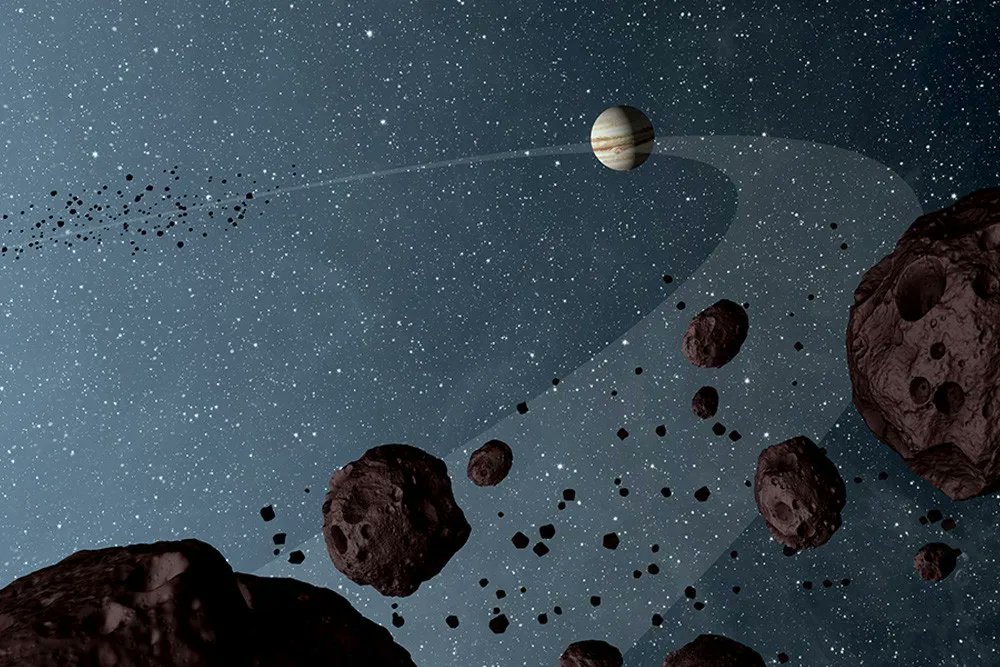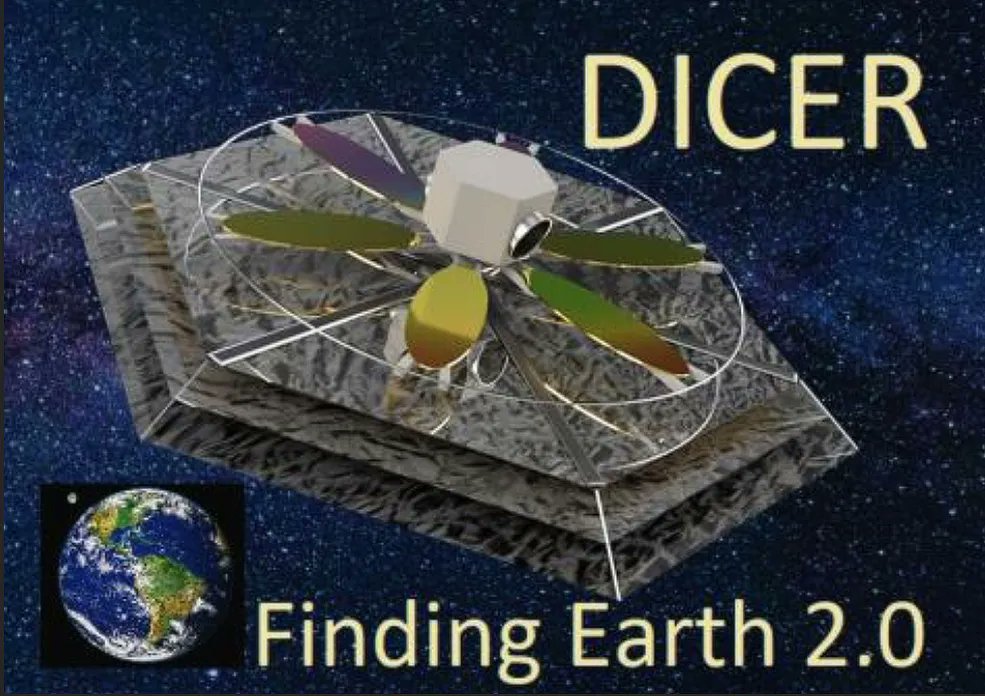One of the last times we did an article about a technology that could remove lunar dust from clothing, we opened it with a famous meme line from Star Wars. That also means we should probably avoid subjecting everyone to it again here. Still, the fact that we’ve had an opportunity to use it more than twice recently proves that removing lunar dust is a problem that has attracted a lot of attention in recent years. Artemis, NASA’s program to go back to the Moon this decade, is the cause of a lot of that attention as there are plenty of problems still to overcome. Some of those might be solved by a technique developed by a team at Washington State University (WSU) that uses every child’s gas that allows them to pound nails in with bananas – liquid nitrogen.
Continue reading “Astronauts Could Clear Lunar Dust Away with Nitrogen Spray”Strange Green Lines Above Hawaii was Probably a Chinese Satellite
Every once in a while, the stars (or, in this case, satellites) align, and keen observers can receive an unexpected light show. That happened a few weeks ago at the Subaru telescope in Hawai’i. An eerie green laser seemingly appeared out of nowhere, as captured in a YouTube video uploaded to the telescope channel. Luckily, their source was no more ominous than a passing satellite, and with its video posted publicly, now everyone could enjoy the light show.
Continue reading “Strange Green Lines Above Hawaii was Probably a Chinese Satellite”China’s Rover Used Radar to Look Deep Beneath the Surface of Mars. What Did it Find?
The ongoing effort to under Martian geology and the planet’s history continues. A recent paper from a scientific team in China looks at the data collected by Zhurong, a rover that has been in place on the Red Planet since 2021. While it didn’t find any evidence of water in the basin it was looking in, it did find some interesting buried features and provided more data to our mounting understanding of one of our nearest neighbors.
Continue reading “China’s Rover Used Radar to Look Deep Beneath the Surface of Mars. What Did it Find?”Are There Better Ways to Communicate with Mars?
Mars is a long way from Earth, making it challenging to communicate with. That difficult communication is becoming ever more important as we launch more and more craft to the Red Planet. It will become absolutely critical when we send actual people there. So what can be done to increase the speed of communications between our solar system’s blue and red planets? A paper from researchers primarily based in Spain looks at different networking topologies that could help solve some of the communication problems.
Continue reading “Are There Better Ways to Communicate with Mars?”Blue Origin is Building Solar Cells out of (Simulated) Lunar Regolith
Power infrastructure will be critical for any long-term space colony, and one of the most critical pieces of that power infrastructure, at least in the inner solar system, is solar cells. So in-situ research experts were thrilled when Blue Origin, ostensibly a rocket company, recently announced that they had made functional solar cells entirely out of nothing other than lunar regolith simulant.
Continue reading “Blue Origin is Building Solar Cells out of (Simulated) Lunar Regolith”Humanity has Never Seen the sky in the Longest Wavelengths. That Could Change With a new Space Telescope
Technological revolutions can bring about dramatic changes in various fields, some of which are only tangentially related to the field being disrupted. Occasionally, a few technological revolutions happen simultaneously, enabling concepts that would have been impossible without any of them. Such revolutions are currently happening in the space industry. With rockets more massive than ever coming online, and mega-constellations of satellites roaming our skies, there is plenty of disruption going on. Now a team from MIT hopes to use those technologies to look at an area of astronomy that has never been seen before – low-frequency radio astronomy.
Continue reading “Humanity has Never Seen the sky in the Longest Wavelengths. That Could Change With a new Space Telescope”The Mass of a Single Star (other than the Sun) has Been Directly Measured for the First Time
How do you measure an object’s weight from a distance? You could guess at its distance and therefore derive its size. Maybe you could further speculate about its density, which would eventually lead to an estimated weight. But these are far from the exact empirical studies that astrophysicists would like to have when trying to understand the weight of stars. Now, for the first time ever, scientists have empirically discovered the weight of a distant single star, and they did so using gravitational lensing.
Continue reading “The Mass of a Single Star (other than the Sun) has Been Directly Measured for the First Time”Why are Jupiter’s Trojan Regions so Unevenly Balanced With Asteroids?
Solar systems evolve, especially early on in their lifetimes. While this evolution is primarily driven by gravity, there are some parts of our own solar system that are difficult to understand – especially how gravity forced them into their current configuration. One of the most prominent of these areas is the Trojan asteroids.
Continue reading “Why are Jupiter’s Trojan Regions so Unevenly Balanced With Asteroids?”An Extremely Lightweight Fission Rocket Could Reach the Solar Gravitational Lens in 15 Years
Novel propulsion ideas for moving around space seem like they’re a dime a dozen recently. Besides the typical argument between solar sails and chemical propulsion lies a potential third way – a nuclear rocket engine. While we’ve discussed them here at UT before, NASA’s Institute of Advanced Concepts has provided a grant to a company called Positron Dynamics for the development of a novel type of nuclear fission fragment rocket engine (FFRE). It could strike the balance between the horsepower of chemical engines and the longevity of solar sails.
Continue reading “An Extremely Lightweight Fission Rocket Could Reach the Solar Gravitational Lens in 15 Years”If an Earthlike Planet is Within 30 Light-Years, This Space Telescope Will Find it
There has long been a limiting factor in the development of space-based telescopes – launch fairings. These capsules essentially limit the overall size of the mirrors we are able to launch into space, thereby limiting the sensitivity of many of those instruments. Despite those limitations, some of the most successful telescopes ever have been space-based, but even with all the advantages of being in space, they have so far failed to find an exoplanet in the habitable zone of a Sun-like star. Enter a new project called the Diffractive Interfero Coronagraph Exoplanet Resolver (DICER), which recently received funding from NASA’s Institute for Advanced Concepts (NIAC).
Continue reading “If an Earthlike Planet is Within 30 Light-Years, This Space Telescope Will Find it”

